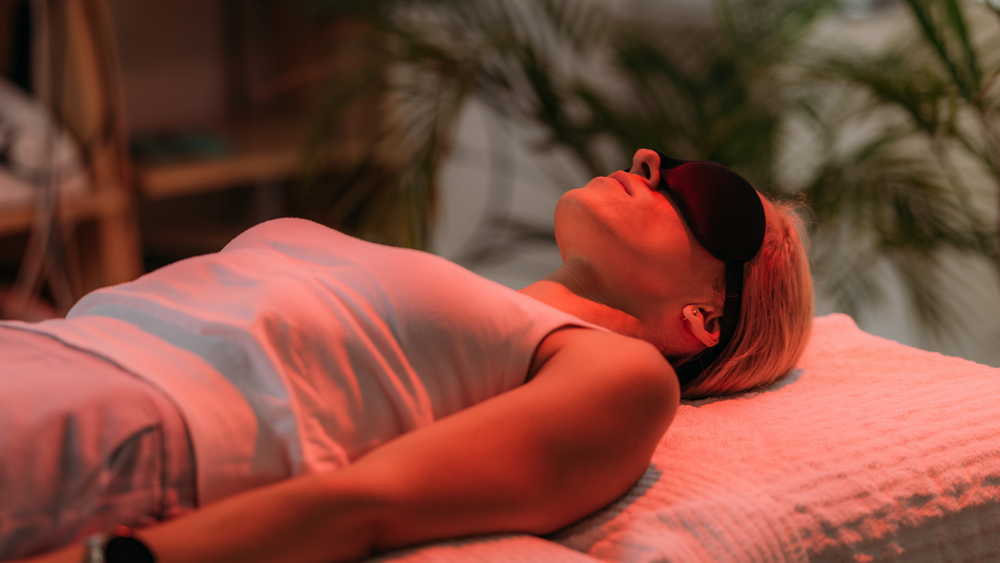Unveiling the Healing Power of Color Therapy: An Untapped Wellness Frontier
Can colors truly influence our health and wellbeing? This seemingly simple question unlocks a world of scientific intrigue and innovative wellness possibilities. Welcome to the fascinating realm of color therapy, an emerging health trend that traces its roots back to ancient civilizations.

A Colorful History and Scientific Developments
Color therapy, also known as chromotherapy, has been practiced for centuries, dating back to the ancient civilizations of Egypt, China, and India. These cultures utilized colors in various ways, from healing sanctuaries bathed in sunlight split into different color spectrums to colored silks used in Ayurvedic medicine.
In the modern era, the scientific community has begun to investigate the potential biological impacts of color. Vibrant hues have been found to stimulate the brain, influence mood, and even impact physical health. For instance, exposure to blue light at night can disrupt sleep patterns by suppressing melatonin production. Conversely, green spaces have been linked to lower stress levels and improved mental wellbeing.
Current Trends and Research-Driven Recommendations
Interest in color therapy has surged in recent years as part of a broader focus on holistic health and preventative care. Today, an array of consumer products, from color-changing lamps to colored eyewear, promise to harness the power of color for therapeutic benefits.
While the scientific consensus is still evolving, existing research suggests that different colors can have distinct psychological and physiological effects. Warm colors like red and orange are believed to boost energy and stimulate appetite, whereas cool shades like blue and green are associated with calmness and relaxation. However, individual responses can vary, and more research is needed to fully understand the mechanisms at play.
Color Therapy in Practice: Benefits, Challenges, and Credibility
How does color therapy work in practice, and what are the potential benefits and drawbacks? At its core, color therapy involves the use of color and light to balance energy wherever our bodies are lacking, be it physical, emotional, spiritual, or mental.
Although more rigorous scientific research is needed to validate these claims, anecdotal evidence suggests that color therapy may offer several benefits, including stress reduction, mood enhancement, and improved sleep quality. On the other hand, it’s essential to approach color therapy as a complementary treatment rather than a standalone cure for health issues.
Separating Fact from Fiction: Practical Insights
- Blue light exposure at night should be minimized to promote better sleep. Consider installing a blue light filter on digital devices or wearing blue light blocking glasses in the evening.
- Incorporating more green into your surroundings, whether through houseplants or wall color, may help to reduce stress and boost mood.
- Red hues can be used to enhance energy levels. Try wearing red clothing during a workout or incorporating red decor in your workspace.
- Remember, color therapy is not a substitute for professional medical advice or treatment. Always consult with a healthcare provider for any health concerns.
In conclusion, color therapy represents an innovative and untapped health frontier. While more research is needed to fully understand its potential, this ancient practice may offer modern wellness benefits, from stress reduction to improved sleep quality. With color all around us, the therapeutic possibilities are as diverse and vibrant as a rainbow.





